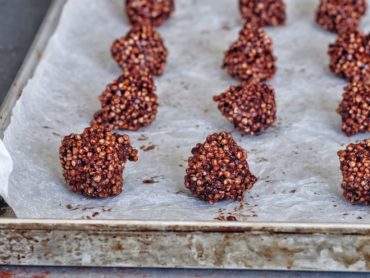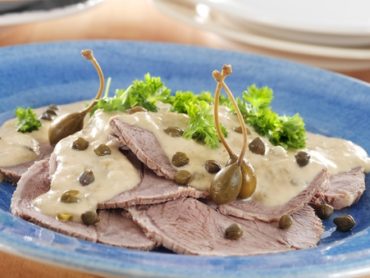Wakame seaweed in the feed
Generally the Wakame seaweed is available on the market as a dry product, or in salt (partially dehydrated) to be kept in the refrigerator. In Korean it is called miyeok, in Chinese qundaicai, in French fougère des mers (“sea fern”) and in English sea mustard (“sea mustard”): the Wakame algae has become a very popular product also in the West where above all, dry food is found on the market, which acquires a lighter and more pleasant taste for those unfamiliar with the intense taste of algae; in this case, it is necessary to rehydrate the alga letting it soak in warm water until the leafy appearance and bright color are restored. Alternatively, you can also find it in powder, especially if you want to take it as a supplement.
Depending on the part of the alga, two parts are distinguished and their uses are different:
Ita-wakame: the tenderest fronds are reduced in pulp, pressed and then dried to obtain sheets, such as nori, to be toasted and used to coat rice or crumble as a condiment.
Mekabu: the reproductive part of the wakame at the base of the plant. If dipped in a liquid it opens to flower; rich in minerals, it has a strong and salty flavor with a sticky consistency that makes it ideal for cooked and fried soups and vegetables. It is used minced in cooking and is fresh or dried.
Preparation of Wakame seaweed
The procedure is very simple, and relatively fast. The whole leaves of the Wakame seaweed must first be rehydrated in water, which takes place in about ten minutes. The whole seaweed is articulated in leaves and coriaceous stems; the latter, definitely not very valuable, must be removed. The Wakame leaves are then cut into small pieces and, since they absorb large amounts of water during cooking, tending to increase in volume, it is good that they are small.
Wakame seaweed, when added to other vegetables, has the ability to soften and make the fibers more tender. For this reason, for example, it is used in the preparation of dishes based on legumes and other vegetables that tend to be coriaceous, improving its consistency and shortening the cooking time.









